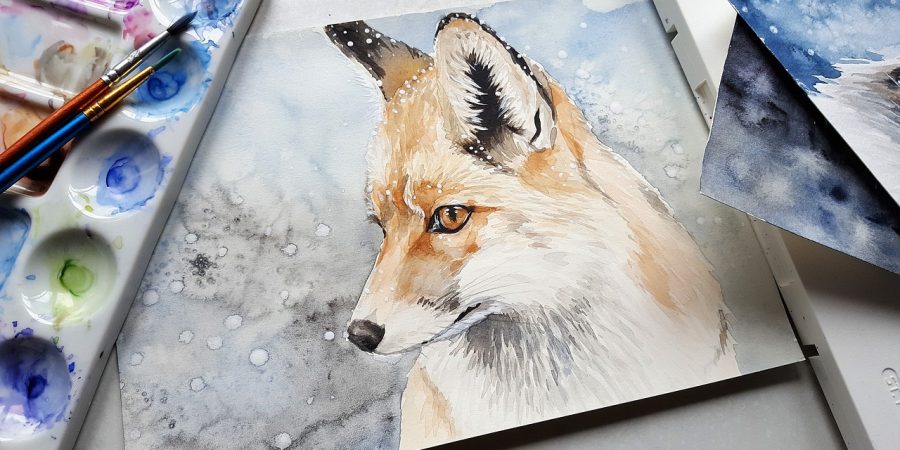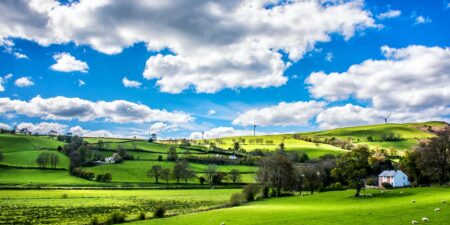Before photography and even before the popular mediums of oil and acrylic, there was watercolour painting. Watercolours have featured throughout human history and outdate any known artistic medium, being seen as far back as the palaeolithic ages. However, it wasn’t until the Renaissance that watercolours truly came into their own and gained recognition as a profound and expressive medium.
When looking back at the origins of watercolour paintings, we must start with the father of Renaissance watercolours, Albrecht Dürer. Dürer was a German painter, printmaker, and theorist of the German Renaissance whose impact with watercolours has influenced the art world for centuries.
The 15th and 16th century has since been designated as the ‘Dürer Renaissance’ due to the innovative experimentation seen by the artist. Dürer was one of the first artists to experiment with watercolours, demonstrating how playing with the luminosity and transparency of the pigments and the canvas can help achieve a new level of depth with the medium.
Dürer is most known for his highly pigmented and detailed landscapes, botanical and wildlife watercolours. Of all his creations, his 1502 ‘Young Hare’ is arguably the most famous of all, acknowledged as a masterpiece of observational art, being incredibly photorealistic, alongside his’ Great Piece of Turf’ from 1503.
Several of Dürer’s works, including the Young Hare, are currently held at the Albertina Museum in Vienna. However, due to the fragile nature of watercolours and the age of the pieces, they are now locked away for the next few years to preserve their aesthetic and structural integrity.
Thankfully, the work of the organisation Watercolour World has meant that a catalogue of Dürer’s watercolours is available on their free online database alongside thousands of other watercolours. There is currently a collection of 19 original works from Albrecht Dürer produced between 1495- 1526 available to view on Watercolour World’s free online database.
Moving forward to the 18th century, we look to another notable historical watercolour artist, J.M.W. Turner. A Romantic landscape artist, Turner was noted for his experimentation with synthetic pigments in exploring the expressive nature and technical aspects of watercolours.
The artist was particularly drawn to and inspired by shipwrecks, fire and natural phenomena, creating imaginative landscapes and violent marine watercolours. The uncontrollable nature of the sea is seen in his notable watercolour work ‘Dawn after the wreck’ from 1840, a piece available to view on Watercolour World’s free database.
As with Dürer, Turner was also known for his pigment experimentation, using carmine in many of his watercolour works. Despite carmine being one of the less durable pigments available at the time, Turner used them regardless because of how vibrant and beautiful they looked when freshly applied to a canvas. As a result, many of the original colours on his works have now faded, and some pieces are almost unrecognisable.
By the 1930s, it was evident that many of his watercolour works were becoming irreparably damaged and fading away. Thankfully, many of his artworks have been salvaged over time using photography and innovative scanning technology.
Turner is another artist whose work is catalogued in Watercolour World’s free online database. To date, there are an incredible 1885 results when searching for Joseph Mallord William Turner on the database. These results include his ‘Dawn after the wreck’ alongside countless landscapes, sketches and architectural works.
Currently, Watercolour World’s digital collection contains over 80,000 original watercolours from countless pre-1900 artists. The team at Watercolour World has scoured the globe for the past five years, searching for pieces in private and public collections to add to their ever-growing database. Watercolour World presents a unique opportunity for never before seen art to become accessible to people from all walks of life whilst ensuring these integral pieces of our visual history are not lost to time.
If you would like to explore the database, you can visit Watercolour World’s website here.









